Amazon Updates Return Policy Amid Pressure
Everyone loves a good David and Goliath story, which is why it was welcome news this week when Amazon confirmed their plans to alter their eBook return policy to make it less likely to be abused. Sure, it took them close to six months to finally relent and the change isn’t implemented yet, but at least it’s coming. Here is what we know about the upcoming changes, and what we think about them.
As some of you will remember, we first reported on this story back in April amid growing reports of larger than normal return rates seen by some Amazon authors. Despite the fact that Amazon’s eBook return policy hadn’t changed in years, the increase in returns was traced back to a growing number of social media posts (mainly on Tiktok) highlighting the lack of restrictions and ease of which readers could return eBooks on Amazon, and then even going so far as to encourage people to take advantage of the system.
The current policy (the new changes are due to be implemented later this year) allows readers to return eBooks regardless of how much they’ve read (even if that means they finished the book) for a full seven days after purchase, with a mere click of a button. Other online eBook retailers have far more restrictive return policies, which was why Amazon became the sole focus of exploitation.
As news grew about this issue, the calls for reform grew louder. A Change.org petition gathered close to 80,000 signatures, authors took to social media and sent emails, and eventually the Society of Authors (SoA) and Author’s Guild both got involved.
After multiple discussions with senior Amazon executives, the retail giant finally relented and last week announced that the return policy for eBooks would be reformed and implemented by the end of 2022.
The key change that was promised is that the option to return eBooks at the click of a button will be deactivated once a book has been read beyond 10%.
How Bad Was the Problem, really?
Before I get into my thoughts on the announced change and how effective I think they’ll be, I think it’s important to consider just how big the problem was in the first place. Unfortunately, all we can do is guess because there is very little reliable data to rely on.
The main source is anecdotal reports from authors, which were fairly numerous back when this was all coming to a head in April. I read comments on articles and forums from plenty of authors claiming to see large increases in returns, but I also saw lots of reports from authors claiming NOT to be seeing any noticeable increases.
So the problem didn’t affect everyone, which is as expected, especially if it was caused by an increase in exposure to an existing issue, rather than a new issue suddenly appearing or somehow getting worse.
What I mean is, if the problem itself got worse (the return policy changed, making it all of a sudden easier to do), I would expect to see an increase in returns across the board, with most authors being affected.
But if the return increase was instead due simply to an increase in awareness of a pre-existing issue, then I would expect the problem to be seen more heavily on certain books or authors. Many of the people that watched those social media videos probably shared various interests, which was what drew them to the posts in the first place. In fact, some of the people that were encouraging the exploits were people that regularly talked about books and authors they liked, so it’s natural to assume that their followers shared many of those interests, which would then lead to those authors and books to be more heavily abused than others.
On the other hand, if you ask Amazon, their stance is that they saw “no discernible spikes” in returns, and that overall Kindle returns are low.
Of course, Amazon would say that, right? They likely wouldn’t want to admit that they saw an issue, if for no other reason than that admission would provide easy fuel for potential lawsuits. But there really is no way to know for sure whether it’s true, although I wouldn’t be surprised if it was.
I’ll be going into my thinking here in more detail in next week’s podcast, where Roland and I will discuss this topic (and other industry news items), but here’s a quick summary.
When Amazon looks at the net result of ALL books sold across all authors vs the number of returns in a given period, the increase in returns would have to be VERY significant for it to make a difference. And they’re covering themselves pretty well with the vaguely worded “no discernable spikes”. I’ll back my thinking on this with some numbers on the podcast, but basically I think it is probably unlikely that there were enough returns to really move the needle significantly enough for an issue to be identified with any degree of certainty.
So while I have no doubt that many authors where negatively affected by the return issue, I don’t think that necessarily means that Amazon’s “no discernable spike” stance is completely implausible.
But that doesn’t mean no action should be taken, which is why I think it’s great that changes are being made to the process.
But How Effective Will These Changes Be?
First, let me say that I do think that Amazon’s announced return reforms are very positive, and I expect that it will reduce the number of unwarranted returns that some authors were seeing. However, it won’t get rid of all returns, nor should it. While some authors believe that no eBooks should ever be allowed to be returned, I personally don’t think that is either realistic or reasonable. Almost all retail allows for returns, and eBooks should be no exception.
But that doesn’t mean the return policies should be easily abused. You don’t need to read the entire book to decide whether you like it or not, and if you decide to push through and read it all, I absolutely think that you shouldn’t be allowed to return it at that point. If you hated it that much, you could have stopped well ahead of the end and returned it for a refund.
But is 10% enough to make that decision?
I’m sure my opinion on this won’t be popular with everyone, but I actually would be fine with a higher percentage. After all, you get the first 10% via the Look Inside anyway, which means that if you took advantage of that and still couldn’t decide if the book was for you, your choices are either don’t buy it at all, or take a chance on buying it knowing you may not get a refund if you don’t like it after all. Even without the Look Inside, readers will still be faced with that same decision. As they approach the 10% mark, if they aren’t loving the book, do they risk continuing on or click the refund button while they still can?
The question is, will that choice lead to more or less buyers?
For example, if a book has 20 chapters of roughly equal length, that means a decision has to be made within two chapters. Personally, I can think of at least a couple of books that I wasn’t sold on within the first couple chapters but ended up eventually really enjoying.
Obviously there’s no percentage that will work for all books, but if it were up to me, I’d probably go for something slightly longer. Maybe 20%. If someone isn’t enjoying my book after 20% then I’m fine with them getting their money back. They haven’t even read a quarter of the book yet. Plus it gives me that much longer to try and get my hooks into them…
And then there is the potential downside that I saw people bring up on some discussion forums. If someone is blocked from returning a book that they didn’t like, will they be more likely to express their frustrations by leaving a negative review?
Remember, Returns Will Be Harder, Not Impossible
Hopefully that won’t be the case because it will still be possible for someone that decides to push forward past 10% to get their money back – it simply won’t be as easy as it was before. Instead of just clicking a return button, the reader will have to contact customer service and make their case as a sort of annoying delay tactic designed to discourage people from abusing the process.
In theory, I can see this working. Obviously there will still be some that attempt to abuse the process and likely still be able to get away with it, I fully expect the numbers to drop dramatically. Even if most return requests are eventually granted, the mere fact that they are adding these extra steps will greatly deter most people from bothering. Especially for eBooks that are on the cheaper side of the spectrum. It’s one thing to mindlessly click a return button and ignore the idea that what you’re doing is morally questionable, but quite another to have to make the effort to contact Amazon and plead your case to an actual person, and then wait to hear whether or not it is granted.
In theory, I actually don’t mind the idea that the policy isn’t set in stone here. Mainly for the reason I mentioned in the section above – there are cases where 10% just won’t be enough and I think that if someone decides a little further on that the book isn’t for them, I believe they should be granted a refund. Where I do take issue is if refunds are granted for any request, even to those that completely finished reading the book. I can think of very few legitimate reasons why a refund should be given in those cases, and anyone asking for it should really have to make a strong case.
To be honest, though, I kind of expect that all (or at least, most) of refund requests will be granted. There are two reasons for this. First, because these requests will likely fall upon the already overworked and poorly trained first level customer service reps, and second because Amazon has always put customer satisfaction ahead of author satisfaction.
Combined, I can’t imagine too many scenarios where refund requests will be denied. I’d like to think that I’m wrong. I’d like to think that, at the very least, the onus of someone that has read all or most of a book is much higher and the likelihood of being granted a return much lower than someone that read 20 or 25%. But do I realistically expect those first level support reps to dig into each case to make those determinations? Or will they simply take the call, hear the complaint, and then grant the return quickly so that they can move on to the next call?
Without a better understanding of how the whole process works, it’s too soon to tell, but even if that does happen, I still actually do think that just adding the extra steps of having to make that call and tell someone that you want to return a book that you full read will keep the vast majority of people from even making the attempt in the first place, even if they know they’ll likely get away with it.
Combined, I can’t imagine too many scenarios where refund requests will be denied. I hope I’m wrong and that, at the very least, the likelihood of being granted a return is much lower for someone that read an entire book than someone that read only 20-25%.
But do I realistically expect those first level support reps to dig into each case to make those determinations? Or will they simply take the call, hear the complaint, and then grant the return quickly so that they can move on to the next call?
Only time will tell.


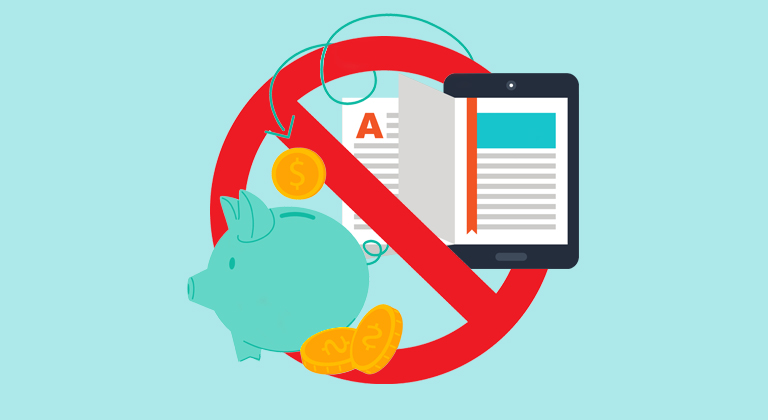





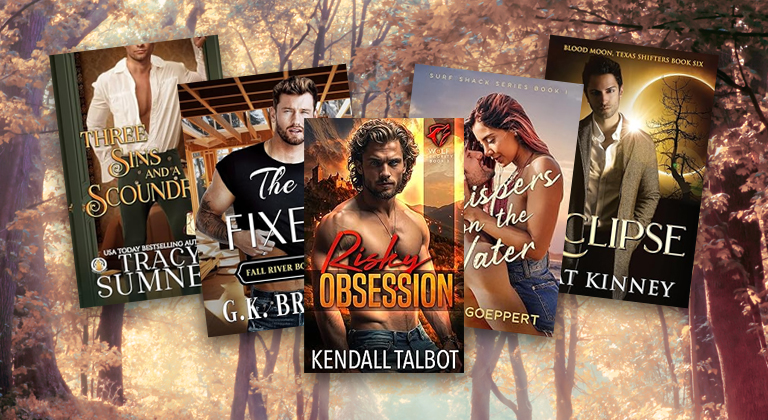
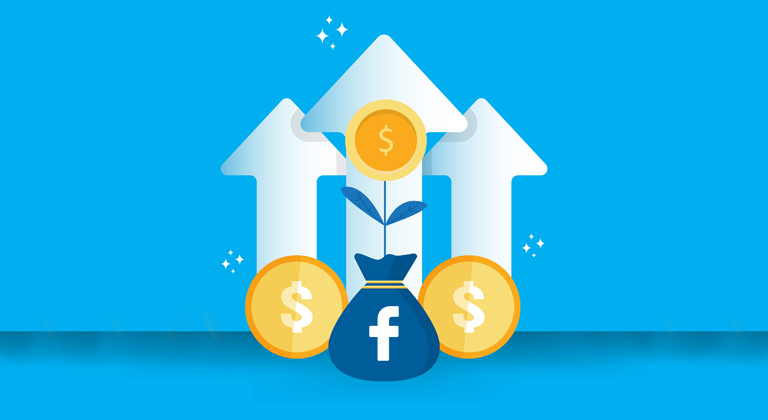
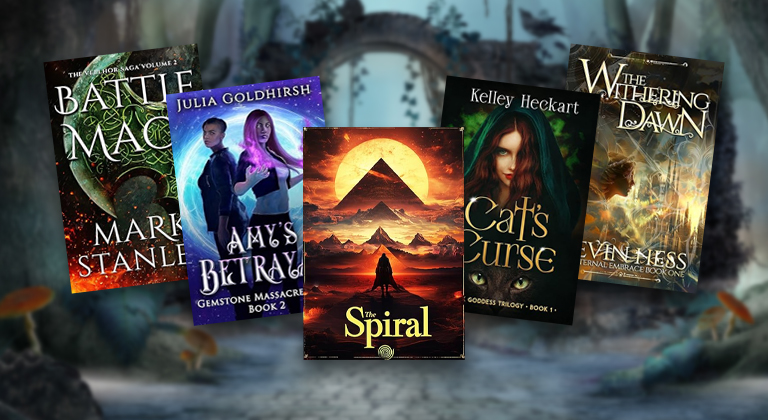
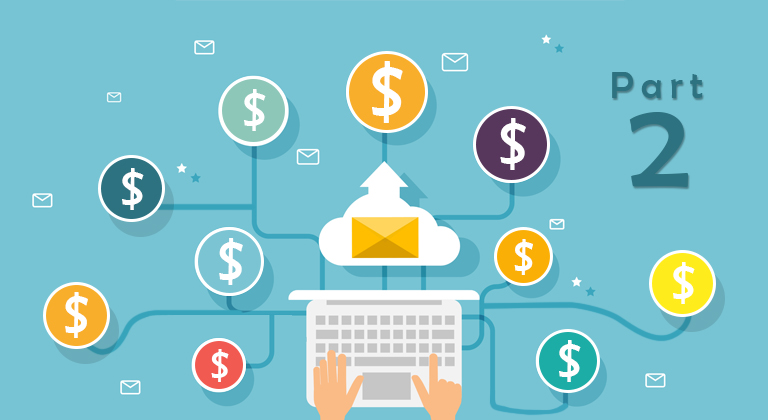
Golly, Craig, I hate to disagree with your 20% suggestion, but…my feeling is, if Amazon limits its giveaway to 10% of my product, why should I, the creator of the product, give away any more than that? Also, if investing $.99, $2.99, or $4.99 in a book will break a customer’s bank, then perhaps they shouldn’t be buying books at all, and instead should consider investing $10/month in a Kindle Unlimited subscription so they can read any KU book for free.
Thanks for opening the discussion and allowing us to air our opinions. 🙂
Interesting article, and, yes, welcome news for authors. Valid points about the sheer volume of sales and the ratio of returns on Amazon’s part that would explain the “no discernible spike.”
I think perhaps in addition to certain authors who TikTok influencers may promote/follow, the practice of read and return could also be genre dependent. I write historical romance, and the readers are whale readers. So it’s no trouble for many of them to read a book a day, which is well within Amazon’s 7-day return period. So the new time limit would probably not deter those particular readers. Romance is also a genre that is heavily represented on TikTok (to my understanding).
Volume of an author’s sales is probably also a factor. If an author isn’t selling many books to begin with, proportionally there probably wouldn’t be a lot of returns (although that being said, any return would have a greater detrimental affect on the author).
I did notice a larger number of returns after the April Tiktok “challenge” (or whatever you could call it). I don’t think I had ever had a return for this particular series until then. Not only did I have returns on the first book in the series (which we could write off as this wasn’t their cuppa) but also the second book, and third. Now, that seemed strange to me. Not to say you can’t like one book of a series and not another, but typically, if you like a writer’s style enough to read one book in a series, and you purchase a second, you will most likely finish it. Again, no proof, but it did seem strange to me.
I do agree that 10% isn’t enough to determine if a book is to your liking. As you mentioned, you get that much in the “Look Inside” feature (although not everyone takes advantage of that feature). But 20% seems very reasonable to me. I would be completely on board with that.
Might we expect negative reviews as fallout from some readers who can no longer click a button? Maybe, but I suspect not. Time will tell on that. But I would hope those would be few and far between (I’m optimistic to say the least).
I think what bothers me the most about this whole thing is that readers don’t seem to understand that they are not hurting Amazon. They’re hurting authors. And if they’ve read a book all the way through–and the next–and the next, then return them, they’re punishing an author they may very well enjoy. And that’s simply wrong.
Great post, Craig. I agree with your points. I’ve been saying since this change was announced that I am skeptical. Sorry, but I am just am. For one, I am used to Amazon and companies saying stuff just to shut people up so I wanna see action. Second, I’m one of those people who you gotta SHOW me and not TELL me. I also think this will not make much difference. I don’t. I think Amazon will still allow returns easily and I can’t imagine them actually having someone review returns when we know Amazon is run mostly by bots so that’s hard for me to believe. A lot of authors are celebrating but I have a feeling some might be very disappointed if they expect this to make a big difference.
About who this affected, from what I see it was a small percentage of authors unless many just didn’t say anything. Almost every author I saw except maybe a few in two Facebook groups said they had an issue. Everyone else said they didn’t see a surge. I didn’t see a surge. I rarely get returns. The most I get is 1-2 returns and my backlist is huge. This seemed like it was hitting so many but I feel like it became a big deal because authors banded together but not because this was hitting everyone. If you got out of Facebook and off Twitter, you’d find authors who hadn’t even heard of this TikTok return thing. I was shocked at how many hadn’t heard it was going on and many readers hadn’t either. This reminds us that not everyone is glued to social media like people think. There is a life outside of Facebook, Twitter, etc., and just because something is being talked about on these sites, doesn’t mean this is what everyone is experiencing or knows about. I went to plenty of writing forums on Reddit and outside of Facebook/Twitter and many authors had no ideas about this and hadn’t experienced it.
Another thing, it seemed to only affect wide authors, which is understandable. Since you can borrow KU books, KU authors don’t get many returns if at all. And you get to keep reads regardless.
You made a good point about will this affect buying. If this return change actually works and Amazon implements it than yes, you will see some readers upset by it. I already have. Some think this will make it harder for legit readers to return and others say ebooks are too high so they are going into KU. I was speaking to some wide authors who said they were concerned that if Amazon is too strict that they will lose readers but I guess if some were just reading and returning anyway it shouldn’t make a difference. But some are worried that legit readers will be turned off from being wide books now. That was an interesting point. I’ve seen a few readers say that ebooks are too high and if they can’t return they will go into KU.
Me, I am still on the side of not believing this will do much but we’ll see.
As for 10%, this will affect books differently and unfairly because if a book is short, 10% might be the whole darn book. If a book is longer, it might help those authors but for short story authors this isn’t fair. They should implement the percentage based off length. Short stories should be maybe 3-5%. How is it fair to have this where short stories can still be so easily returned but longer ones benefit? If this is for all authors then it needs to be fair.
I also wonder if now authors will start stuffing their books with front matter to take up as much of the 10% as they can so readers can’t return easily. I am with you, readers should be able to have legit returns. I don’t believe there should be no ebook returns. I’ve bought ebooks and been screwed by the author’s misrepresentation (or lying) and the book wasn’t what was advertised or the author padded the book with junk making you think it was a novel when it was a short story with tons of other stories in the back. Or the formatting is so bad in some sections you can’t read the book. And yes, with 1-click, I’ve accidentally bought a book or two and had to return it. So there are legit readers. Nobody should be stuck with a book when they were gypped into reading it or something is wrong with it. That’s not fair to readers either and I am a customer as well as an author. I wanna be able to return if I need to. My feeling is this might punish legit readers more than the serial returners because the scammers always find a way to keep doing what they are doing. It’s always the good people who get punished especially if Amazon doesn’t do this well.
I won’t see any difference since I rarely get returns but for those claiming they were getting thousands a month, hope this helps them. Also, might be better to stay off TikTok if this is the kind of toxic, anti-author stuff that’s going on there.
Oh, and the Look Inside feature isn’t good for shorts. A short won’t show you anything but the front matter. That’s another thing Amazon should’ve figured out by length. Great post!
As an author who is enrolled in KU (and gets lots of page reads that way), it’s not only wide authors the return policy affected. I had an uptick in returns in that period. It’s been speculated (and I think there’s some truth to it) that KU readers and non-KU readers (people who purchase) are two different types. I do get more KU reads than sales because my genre is KU heavy. But there are some people who don’t want to subscribe to KU for various reasons (the 9.99 monthly fee being one of them). KU does favor whale readers, true, but again, there might be other factors involved in an individual’s decision to participate.
But I will agree with your speculation that this might increase the number of people subscribing to KU if they can’t easily read and return. That would be great for KU authors (as we get paid for page reads). For wide authors, I’m not convinced it would hurt them. Maybe, maybe not. As mentioned in the article, other retailers have a much stricter return policy, so in actuality Amazon is simply aligning itself with the practices of the other retailers.
As far as the 10% and the Look Inside. Those are proportional to the books overall length. For shorter books it does not mean the whole darn book will be available. For example, if a book is 200 pages, 10% would be 20 pages. If a book is 100 pages, 10% would be 10 pages. So the only “advantage” to books which are longer is that the reader gets a little more material by which to judge.
There are ways to avoid your front matter from being shown first in the Look Inside. When the Look Inside is used on one of my books, it opens to Chapter 1. Also, a Kindle book, when opened, typically opens to Chapter 1. Some of this depends on how the book is formatted, so authors may have to be diligent about formatting their books properly.
I’m not sure anyone claimed to get thousands of returns a month–only that the proportion to their “normal” returns had increased. I know I did see a significant increase during that time period, then it died down again.
You may be right and this won’t make any difference. We can only wait and see. But I’m a little more hopeful than you are. Perhaps I’ll be disappointed. Luckily I make enough sales and page reads that even the uptick in returns doesn’t hurt me too much. But I do find the practice of reading the entire book and returning offensive.
10% should be plenty of time. After all, like you pointed out, the reader also has the “Look Inside” feature which allows 20%. The thing is, it takes writer sometimes as long as a year to write a book. The costs associated can be debilitating: cover, editors, proofing, uploading, etc. (not to mention if you go into audio). And the fact of the matter is, reading is cheap. It’s the cheapest form of entertainment available to people. The more hoops a reader jumps through to return a book if they are that determined to return it, then fine. But as a lark/trend, most won’t take the trouble.
Thank you for an insightful look. And allowing me to respond.